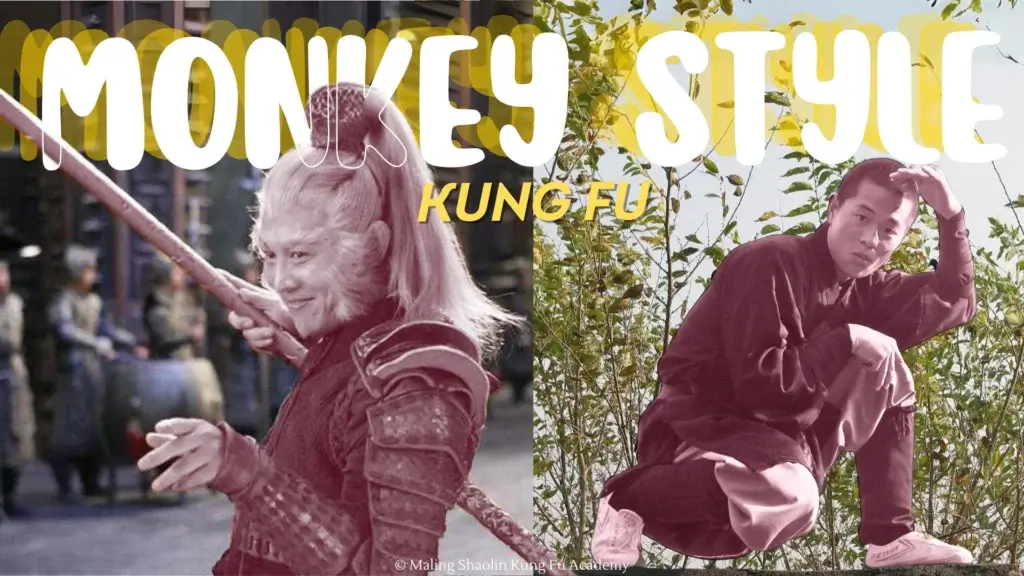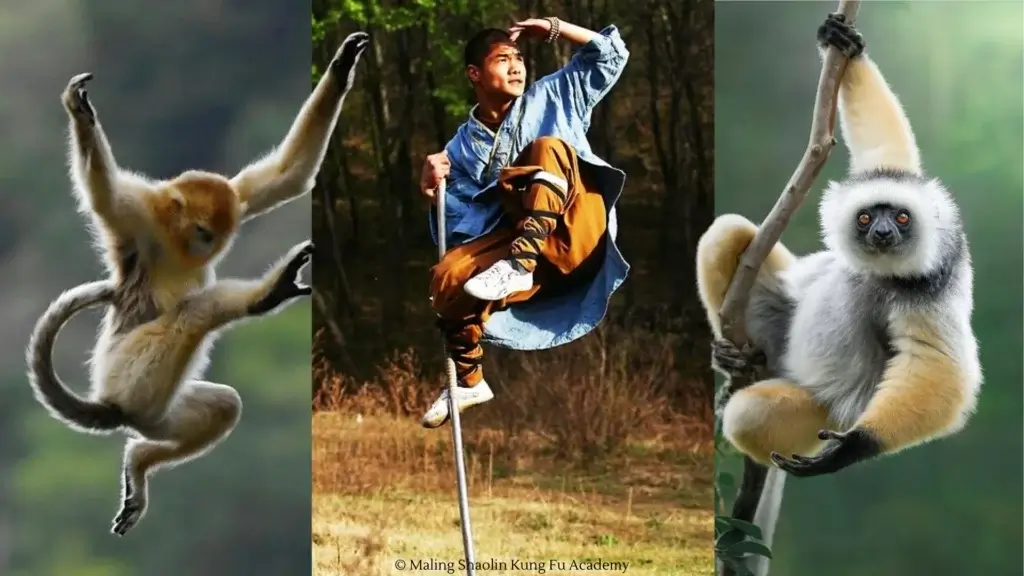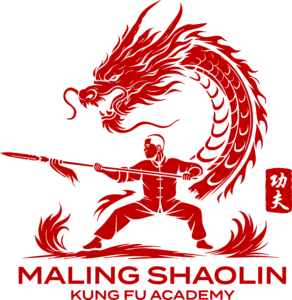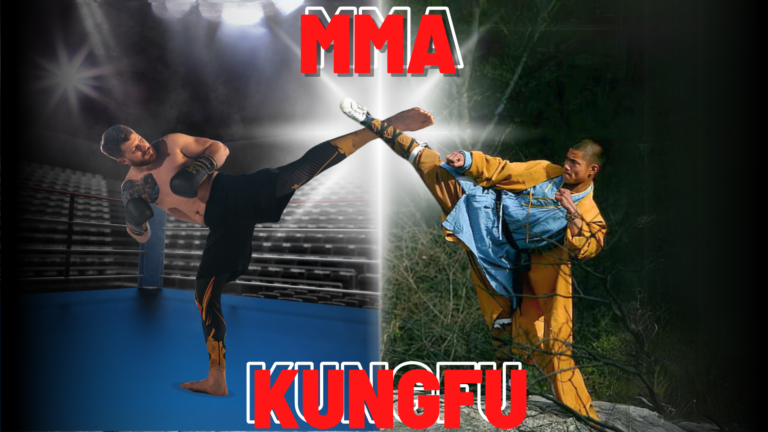
Monkey Style Kung Fu, also known as Hou Quan (猴拳), is one of the more playful and distinctive styles in the diverse world of Chinese martial arts. It is characterized by its acrobatic movements, agility, and the mimicry of monkey behavior, making it both visually captivating and highly effective in combat. This style is deeply rooted in traditional Chinese culture and folklore, reflecting the importance of animals in Chinese martial arts.
Historical Background
The origins of Monkey Style Kung Fu are often traced back to the legend of Kou Si, a practitioner who developed the style while imprisoned in ancient China. According to the tale, Kou Si observed the movements and behavior of monkeys from his cell window, which inspired him to develop a unique martial arts system. This story underscores the traditional Chinese belief in learning from nature and incorporating animal attributes into martial arts techniques.
Historically, Monkey Style has evolved and branched into various forms, each with its distinct characteristics and techniques. The style is not as widely practiced as some of the more mainstream Chinese martial arts, but it holds a special place in the martial arts community for its unique approach and rich cultural significance.
Key Characteristics and Techniques

Monkey Style Kung Fu is distinguished by its emphasis on agility, quick reflexes, and unpredictable movements. Practitioners often adopt low stances, crouching and leaping in ways that mimic a monkey’s natural movements. This style incorporates a combination of punches, kicks, grabs, and throws, with a particular focus on evasion and deception. The fluidity of movement and the ability to quickly change direction are crucial elements of Monkey Style, making it difficult for opponents to anticipate and counter.
A notable aspect of this style is its playful and mischievous demeanor. Practitioners may use exaggerated facial expressions and sounds to distract or intimidate opponents, emulating the cunning nature of monkeys. This psychological element adds an extra layer of complexity to the style, blending physical prowess with mental strategy.
Forms and Training
Monkey Style Kung Fu includes a variety of forms, or taolu (套路), which are choreographed routines that practitioners use to practice and demonstrate techniques. These forms often imitate different aspects of monkey behavior, from playful antics to aggressive attacks. Some of the well-known forms include:
- Drunken Monkey (Zui Hou, 醉猴) – This form mimics a monkey’s erratic and unpredictable movements, often appearing as if the practitioner is off-balance or intoxicated. It uses deception and surprise to catch opponents off guard.
- Stone Monkey (Shi Hou, 石猴) – Emphasizes strong, grounded movements and a powerful stance. It is characterized by its solid and stable techniques, symbolizing the resilience and strength of a stone.
- Lost Monkey (Mi Hou, 迷猴) – Focuses on evasion and trickery, often appearing confused or lost to lure opponents into a false sense of security before launching an attack.
Training in Monkey Style involves rigorous conditioning to develop flexibility, agility, and strength. Practitioners must also cultivate a playful and adaptable mindset, as the style requires quick thinking and creativity in combat situations.
Cultural Significance and Popularity
Monkey Style Kung Fu has a unique place in Chinese martial arts, representing a blend of humor, cunning, and skill. It is a style that appeals to those who appreciate the artistry and theatricality of martial arts, as well as its practical applications. The style has been popularized in various forms of media, including movies, television, and literature, where it is often depicted in exaggerated and fantastical ways.
One of the most iconic representations of Monkey Style in popular culture is the character of the Monkey King, Sun Wukong (孙悟空), from the classic Chinese novel “Journey to the West.” Sun Wukong embodies many of the qualities associated with Monkey Style, such as agility, intelligence, and a mischievous nature. This character has been a significant cultural symbol in China and has influenced the portrayal of Monkey Style in martial arts films and performances.
Monkeys in Media

The energetic, acrobatic, and often silly portrayal of monkey style has led to its global popularity in various forms of media including hit movies, animation, and video games. Some more prominent examples are:
The Forbidden Kingdom (2008) – Jet Li plays the character Sun Wukong, the Monkey King, in this martial arts fantasy film. His portrayal incorporates elements of Monkey Style Kung Fu, reflecting the character’s playful and agile nature.
Dragon Ball (1984-1995) – The character Goku, created by Akira Toriyama, is heavily inspired by Sun Wukong from “Journey to the West.” Goku’s fighting style and abilities, including his agility and staff, echo the characteristics of Monkey Style Kung Fu.
Kung Fu Panda (2008) – The character Master Monkey, voiced by Jackie Chan, is a skilled practitioner of Monkey Style Kung Fu. His movements and fighting techniques in the film showcase the quick, acrobatic, and playful nature of this martial art style.
Monkey Magic (1978-1980) – A Japanese TV show adaptation of “Journey to the West,” features Sun Wukong using martial arts that draw heavily on Monkey Style Kung Fu, with an emphasis on agility and mischievousness.
Enslaved: Odyssey to the West (2010) – This action-adventure game is inspired by “Journey to the West,” with the protagonist “Monkey” using combat techniques that mirror Monkey Style Kung Fu, emphasizing agility and acrobatics in his fighting style.
Black Myth: Wukong (2024) – This highly anticipated action RPG also draws heavily from the classic Chinese novel “Journey to the West” and integrates elements of Monkey Style Kung Fu into its combat mechanics. The protagonist, Sun Wukong, utilizes acrobatic maneuvers, staff techniques, and transformations, reflecting the agility and cunning associated with the Monkey King and his martial arts style.
Modern Practice and Global Influence
While not as widely practiced as some other Chinese martial arts, Monkey Style Kung Fu has a dedicated following among martial artists and enthusiasts worldwide. It offers a unique approach to martial arts that emphasizes creativity, adaptability, and the use of unorthodox techniques. The style’s influence can be seen in various martial arts demonstrations, competitions, and entertainment media.
In recent years, there has been a growing interest in preserving and promoting traditional martial arts styles, including Monkey Style. Martial arts schools and instructors continue to teach and refine this style, ensuring that its rich heritage and techniques are passed down to future generations. As a symbol of ingenuity and resilience, Monkey Style Kung Fu remains a fascinating and vital part of the Chinese martial arts tradition.





